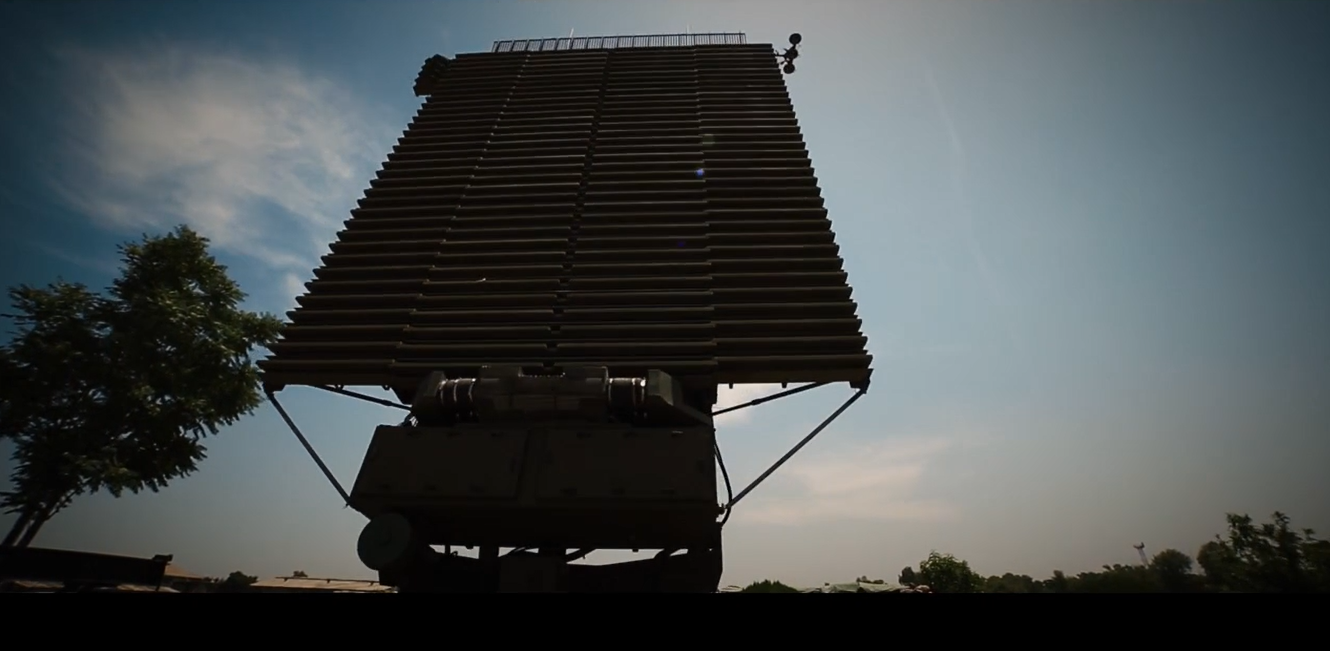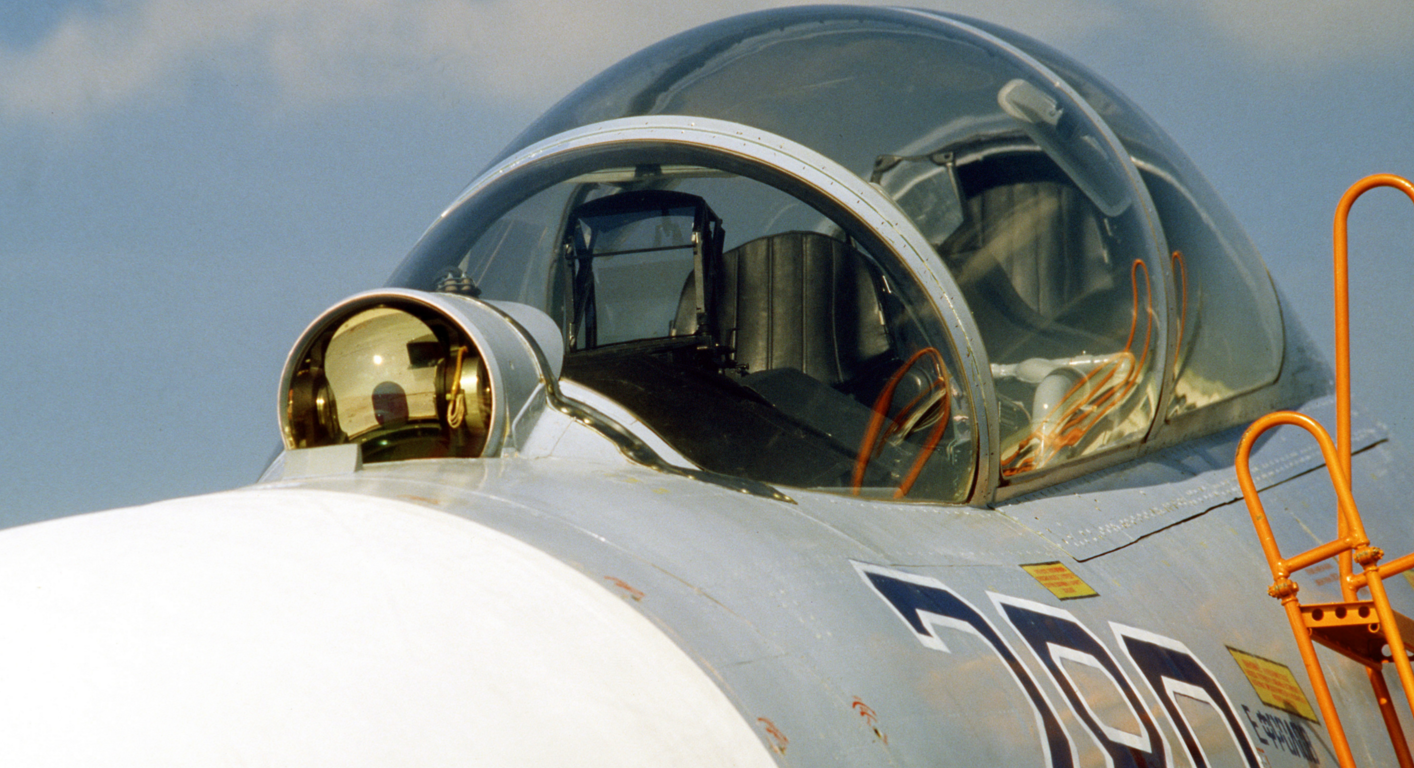4491Views

Background: Pulse-Doppler & AESA Radars
Modern air-to-air warfare is often – and correctly – understood as the exchange of air-to-air missiles (AAM) between fighter aircraft. However, it is much more than that; in fact, the act of firing an AAM is the culmination of a series of events involving many other systems. These systems include capable on-board and off-board sensors, tactical datalink connectivity, and the different AAMs themselves.
When working in harmony with one another, these systems enable modern day air forces and naval air arms a credible opportunity at intercepting enemy aircraft and, in the process, acquiring air superiority.
Quwa will take a look at each of these systems. These pieces are not exhaustive resources on the subject, but they should offer readers a workable understanding of the topic.
For readers with a desire to have a thorough understanding, especially from a technical standpoint, then it would be advisable to consult more in-depth resources.
Radars
Radars are basically systems that use radio waves to detect objects. For example, an air defence radar emits radio waves in order to determine whether an object is in the sky. Modern radars not only detect the presence of that object, but they also identify the object’s distance (from the radar), azimuth (think of it as the object’s direction), and elevation.
Besides detecting objects, radars can also be used to track those targets. In fact, technology advances in the 1980s resulted in pulse-Doppler fighter radars with “track while scan” capabilities, which enabled them to track specific targets, whilst also remaining on alert for the entry of possibly other objects. Semi-active radar homing (SARH) air-to-air and surface-to-air missiles depend on radars to maintain a lock on targets, which the SARH missiles would follow until they neutralize the threat.
While radars are an integral piece to modern air-to-air warfare, they are not without vulnerabilities. The fact that radars emit radio waves exposes them to a target’s electronic warfare (EW) systems, such as radar warning receivers (RWR). RWRs are passive systems designed to intercept radio waves from enemy radars, which in turn would alert the target aircraft to its enemy’s presence.
Pulse-Doppler radars are also vulnerable to enemy jamming, which could occur from EW pods as well as electronic countermeasure (ECM) systems integrated into the target aircraft. Modern EW/ECM systems typically use digital radio frequency memory (DRFM)-based technology to interfere with a radar’s ability to successfully track and engage its target. To put it simply, DRFM records the frequency of incoming radio waves, and in turn, retransmits that exact signal, which could confuse the transmitting radar into seeing false targets (this is known as “spoofing” and “repeater jamming).
Advances in radar technology have culminated in active electronically-scanned array (AESA) radars, which are becoming increasingly mainstream in the fighter fleets of the world’s leading air forces. AESA radars are essentially combinations of many small transmit/receive modules (TRM). In simplistic terms, think of each TRM as a tiny radar, i.e. a plate that emits its own unique radio signal.
A modern pulse-Doppler radar emits one signal per pulse, which could stand out against the environment (or background noise), thereby making it relatively easy for an RWR to identify that radar’s radio waves. On the other hand, an AESA radar would emit many different radio signals through its numerous TRMs, which could make identifying a peculiar signal difficult for a RWR. As a result, a fighter equipped with an AESA radar could be more difficult to detect, at least in terms of electromagnetic noise.
In terms of resistance to EW and ECM jamming (we will take a look at specific jamming techniques in our EW/ECM sections). Whereas a modern pulse-Doppler radar can only emit one unique frequency per pulse, an AESA radar can emit multiple unique frequencies per pulse. In the case of the AESA radar, jamming is more difficult because of two reasons. First, there is no single frequency to identify and record out of the background noise. Second, an AESA radar can switch to a different set of frequencies with each pulse, which could make a DRFM-based system less useful in terms of its ability to confuse the radar.
AESA radars could potentially be challenged if they enter dense EW and ECM areas, i.e. against multiple high-powered jamming sources, such as a dedicated EW aircraft, which is equipped with multiple EW jamming pods (e.g. F/A-18G Growler). Alternatively, one could also derive new EW/ECM equipment using AESA radar technology. For example, the F-35 Lightning II’s AESA radar will be capable of electronic attack in the form of advanced jamming and generating false targets (similar to a DRFM-based ECM system).
The ability to use TRMs individually also enables an AESA radar system to group TRMs for different tasks. For example, a number of TRMs could be dedicated to tracking and targeting, whereas another set could be focused on counter-jamming against enemy EW and ECM.
Radars can be used from land, sea and air through a diverse range of platforms: Fighter aircraft, surface warships, vehicles, airborne early warning and control (AEW&C) aircraft, etc. The core essentials of radar technology can also be applied to monitor the ground. This is done through synthetic aperture radar (SAR) techniques, which are designed to construct a “picture” of the ground through the use of radio waves.
SAR systems can be used to capture high resolution images of an area’s landscape and topography. They can also be used – alongside ground moving target indicators (GMTI) – to monitor a combat situation on the ground. Like aerial radars, SAR systems are scalable and can be integrated onto a wide range of platforms, including satellites and even unmanned aerial vehicles (UAV) or drones.


